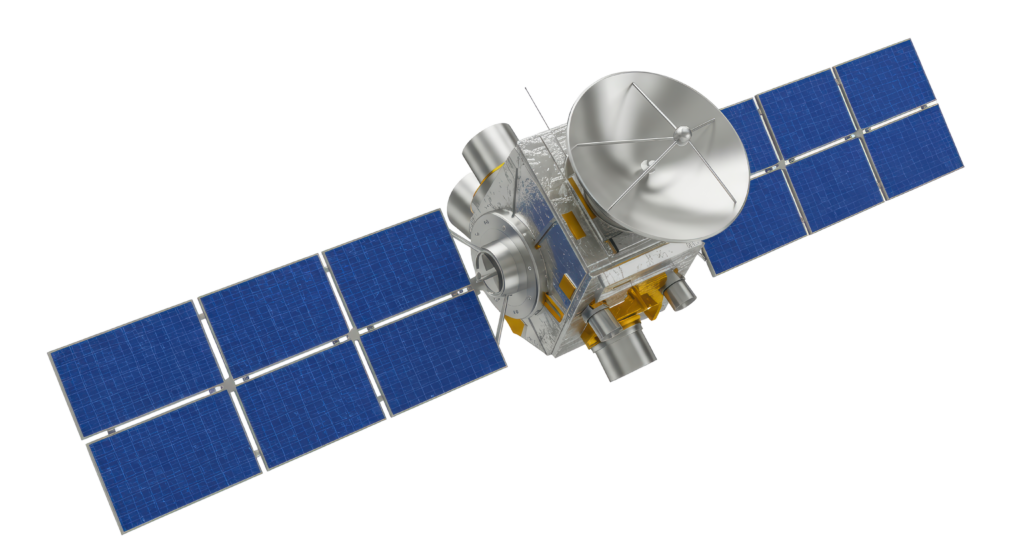Opening Hours: Mon – Thur 8:30 am – 5:00 pm Fri 8:30 am – 4:00 pm
Applying for a mobile spectrum license with SMA is a simple process. Follow these steps to get started.

Obtain your VSAT/Earth station license today and unlock the full potential of satellite communication technology. With this license, you’ll gain access to a powerful network that utilizes small, portable satellite dishes, enabling seamless transmission and reception of data, voice, and video. This means enhanced connectivity in remote areas, reliable communication during emergencies, and the ability to stay connected wherever you go.
1. Letter of Good Standing
2.Letter from the Civil Aviation Authority
3. Certificate of Incorporation
4. Certificate of Registration
JMD – $25,000.00
VSAT (Private Data)
JMD – $100,000.00
VSAT (Internet Application)
JMD – $200,000.00
VSAT (Multi-User Application)
Direct-to-business
Up to 30 Users – JMD $200,000.00
Above 30 Users – JMD $6,500.00 per user
Direct-to-home
Up to 30 Users – JMD $150,000.00
Above 30 Users – JMD $5,000.00 per user


VSAT (Very Small Aperture Terminal) is a satellite communications system that provides internet connectivity and data transmission through a small dish antenna, typically ranging from 0.75 to 3.8 meters in diameter. These terminals are used in various applications, including remote internet access, voice communication, and data networking in areas where traditional infrastructure is unavailable or impractical.
To obtain an VSAT/Earth Station radio license, you need to submit an application to the spectrum management authority and meet the necessary requirements.
Satellite services typically operate across several frequency bands, each with its own characteristics and applications. The main frequency bands used are:
Satellite services offer numerous benefits across various sectors, making them a vital component of global communication and data transmission. Some of the key advantages include:
While satellite internet services are available in Jamaica, there are regulations regarding broadcasting and satellite signal theft, with the Spectrum Management Authority (SMA) responsible for monitoring and enforcing these rule
Get authorized to use the mobile spectrum and expand your services.
